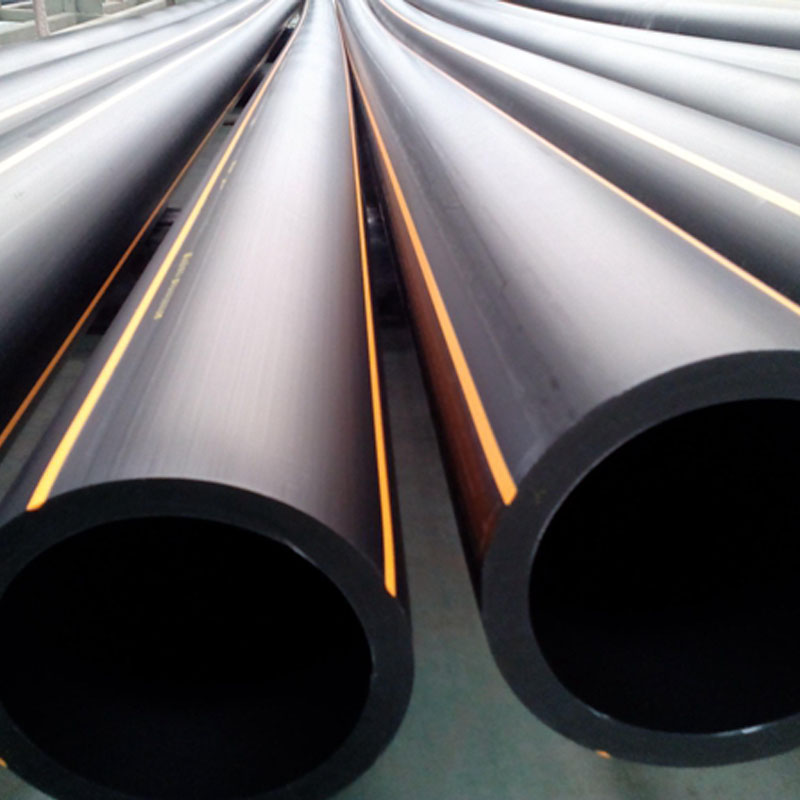Aug . 15, 2024 06:29 Back to list
Current Pricing Trends and Insights for PPR Pipe Manufacturing and Market Dynamics
The Dynamics of PPR Pipe Pricing An Overview of Factories and Market Trends
Polypropylene Random Copolymer (PPR) pipes have become a staple in the plumbing and construction industries due to their durability, corrosion resistance, and ease of installation. As the demand for efficient and sustainable piping solutions continues to rise globally, understanding the pricing dynamics of PPR pipes is essential for contractors, builders, and consumers alike. This article delves into the factors influencing PPR pipe prices and highlights the role of manufacturing factories in this ecosystem.
Understanding PPR Pipes
PPR pipes are known for their versatility and longevity, making them ideal for both hot and cold water systems. Their chemical resistance and ability to withstand high pressure lend themselves to a variety of applications, from residential plumbing to industrial systems. Consequently, the increasing adoption of PPR pipes has created a robust market, which is influenced by several factors, including material costs, production technology, and supply chain dynamics.
Factors Influencing PPR Pipe Prices
1. Raw Material Costs The primary raw material for PPR pipes is polypropylene, whose price is influenced by fluctuations in the oil and gas market. As a petrochemical product, the cost of polypropylene often sees significant variations based on global crude oil prices. Factories must constantly adjust their pricing strategies based on these market fluctuations to remain competitive.
2. Manufacturing Processes The technology employed in PPR pipe production can greatly impact pricing. Advanced manufacturing techniques that enhance efficiency and reduce waste can lower production costs. Factories that invest in modern machinery and automation tend to produce pipes at lower costs, allowing for competitive pricing in the marketplace.
3. Geographical Location The location of manufacturing factories also plays a crucial role in determining the pricing of PPR pipes. Factories situated closer to raw material suppliers benefit from reduced transportation costs, leading to lower overall prices. Conversely, factories located in regions with higher logistical expenses may need to charge more to maintain profitability.
ppr pipe price factories

4. Market Demand and Competition The demand for PPR pipes can shift based on construction trends, regulatory changes, and economic conditions. During housing booms or large infrastructure projects, demand may surge, prompting factories to increase prices. Additionally, competitive dynamics among manufacturers can lead to price adjustments, with companies striving to offer the best value to win contracts.
5. Export Opportunities Many manufacturers produce PPR pipes for international markets. Export tariffs and trade agreements can significantly affect pricing strategies. Factories targeting export markets must consider these external factors when setting prices, which can fluctuate based on geopolitical developments.
The Role of Factories
Factories play a pivotal role in the PPR pipe supply chain. They are not only responsible for the production of high-quality pipes but also for ensuring that they meet regulatory standards and industry certifications. Constant innovation in production methods and material science allows factories to improve product performance and reduce environmental impact.
Moreover, many factories are increasingly adopting sustainable practices, such as recycling scrap material and minimizing waste during production. This trend not only appeals to environmentally conscious consumers but can also lead to cost savings that may be reflected in pricing.
Conclusion
In conclusion, the pricing of PPR pipes is influenced by a complex interplay of factors, including raw material costs, manufacturing processes, market demand, and geographical considerations. As factories continue to evolve and adapt to market conditions, understanding these dynamics will be crucial for stakeholders in the construction and plumbing industries. By keeping abreast of these trends, consumers and contractors can make informed decisions, ensuring they choose the best products for their specific needs while staying within budget.
-
High-Quality PVC Borehole Pipes Durable & Versatile Pipe Solutions
NewsJul.08,2025
-
High-Quality PVC Perforated Pipes for Efficient Drainage Leading Manufacturers & Factories
NewsJul.08,2025
-
High-Quality PVC Borehole Pipes Durable Pipe Solutions by Leading Manufacturer
NewsJul.08,2025
-
High-Quality PVC Borehole Pipes Reliable PVC Pipe Manufacturer Solutions
NewsJul.07,2025
-
High-Quality UPVC Drain Pipes Durable HDPE & Drain Pipe Solutions
NewsJul.07,2025
-
High-Quality Conduit Pipes & HDPE Conduit Fittings Manufacturer Reliable Factory Supply
NewsJul.06,2025

